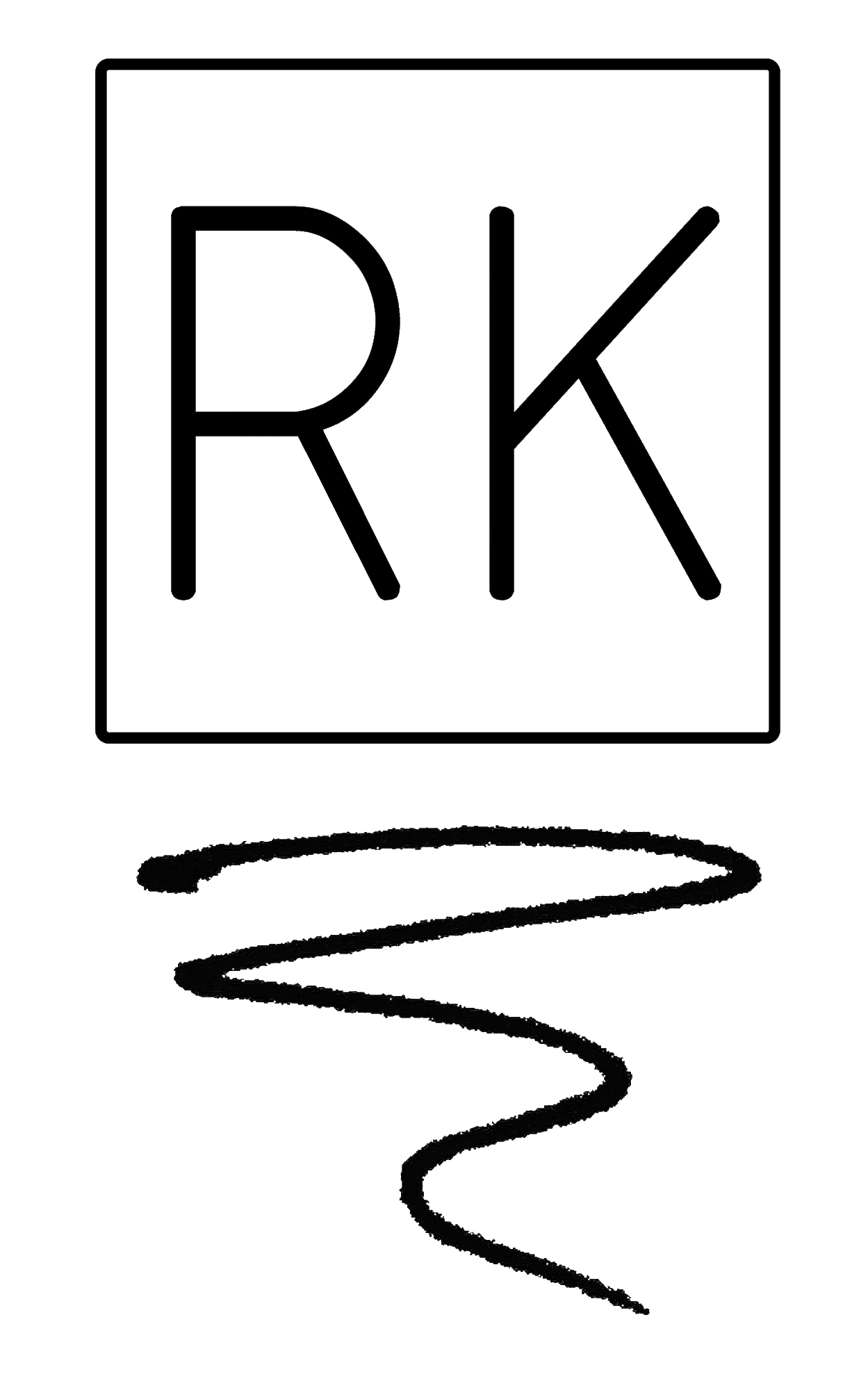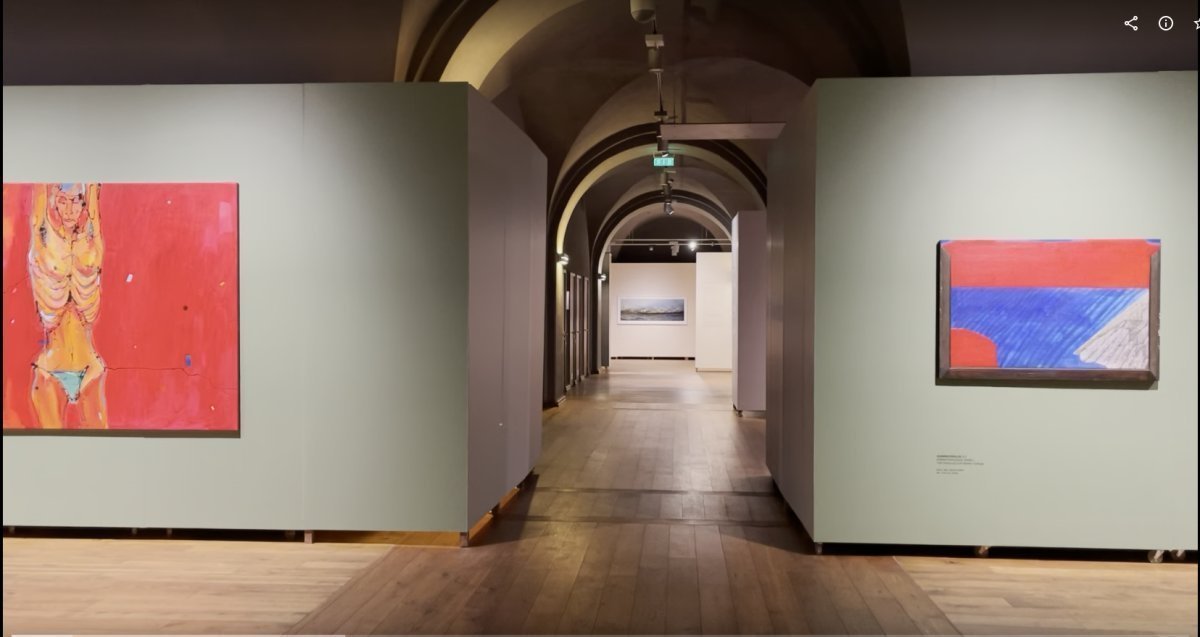Introduction
Ralph Kerle’s artistic practice began exactly where Mark Rothko’s ended - within the context of life-threatening depression, and uncannily extends a lineage Rothko could never have imagined.
Kerle's images evoke the imaginative, abstract and existential realms of 20th century haute-modernism, but are difficult to place within the context of the popular realism commonly associated with contemporary photographic practice.
On the hunt, Kerle’s images appear to offer themselves up from within a meditative state of self-reflection. Kerle takes the shot, but unlike his modernist predecessors, he does not make the mark. His images are not digitally altered; there is no cut & paste, no Photoshop in Ralph’s studio.
On reflection, Ralph’s images, like Rorshach inkblots, arise from the deep and stand as shimmering spectres of some indeterminate sublime, enabling the viewer to unpack their own unspoken longings,
In this regard Ralph Kerle’s photographs uncannily extend a lineage Rothko might have once hoped for.

